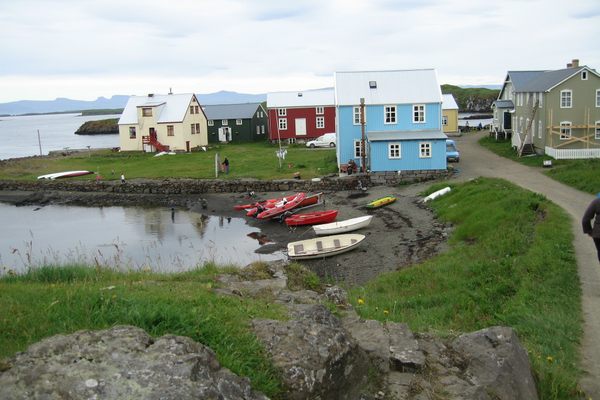About
Solovki, or Solovetsky Islands as they are officially known, are a tiny archipelago hidden in the most remote corner of Europe, in the far north of the continent, in Onega Bay of White Sea. Despite its isolated location, this small group of islands has a grim and remarkable history.
Solovki has been inhabited since the earliest of times. In the middle ages they were one of the furthest outposts of the Russian Orthodox Church. Over time, despite being at the edges of the empire, the Solovetsky Monastery become one of the wealthiest landowners and most influential religious centers in Russia, a role which set the stage for the first bloody phase in the history of archipelago.
In the mid-1600s the Russian Orthodox Church descended into schism, or so-called Raskol, a dispute fueled by political reasons as much as religious. Solovetsky Monastery became the refuge to the Raskolniks, or the Old Believers, as they were called. The Raskolniks (though misleadingly, not the etymology of the word rascal) were opposed to the unification of church practices between the Greek and Russian churches, imposed by Patriarch Nikon.
In an age when religious tolerance was virtually unknown on the continent of Europe, religious dissidence was suppressed by brutal force. The monastery endured an 8-year long siege by the forces of Emperor Alexei and Patriarch Nikon. The siege ended by a betrayal and imperial troops managed to sneak in through an unprotected passage. Only 60 out of 500 rebels survived the ensuing massacre. Large supplies of food were discovered in the monastery. Sufficient enough to withstand the siege for several more years.
From then on the monastery served as a place of exile of political opponents of Tsarist Regime.
The monastery also served as a strategic bastion of the empire in ensuing wars, repelling foreign attacks during the Livonian War (16th century), the well named Time of Troubles (17th century), the Crimean War (19th century), and the Russian Civil War (20th century).
The next and perhaps most infamous chapter of the archipelago's history begun immediately after the October Revolution. In 1921 at a time when Lenin was still firmly in power in Moscow the islands were selected as a site for the first Soviet Prison Camp, the first of the infamous Gulags, and a place of detention of many prominent intellectuals deemed enemies of the Revolution by Bolsheviks. The name of this particular institution was SLON ("elephant" in Russian, an acronym for the phrase meaning "Solovki special-purpose camp").
The gulags notoriety is noted in Bulgakov's novel "The Master and Margarita," and Aleksandr Solzhenitsyn spends a great deal of Part III of "The Gulag Archipelago" discussing the development of Solovki and the conditions there during the early Soviet regime.
The prison camp was dismantled in 1939 on the eve of World War II when Solovki islands once again became an important military outpost.
Related Tags
Know Before You Go
Nordavia regional airlines have regular flights from Arhangelsk to Solovetsky islands.
Published
December 15, 2009






































